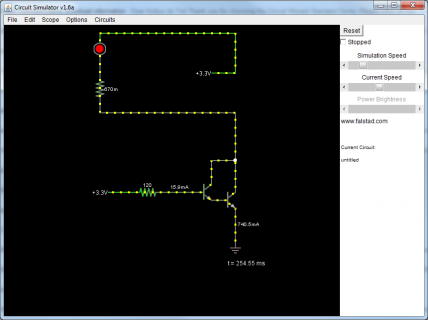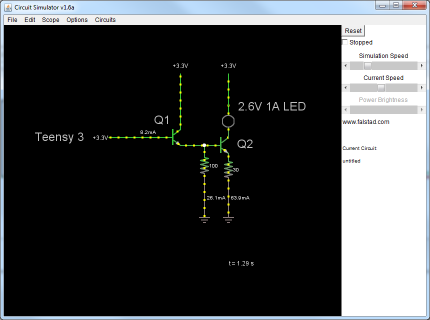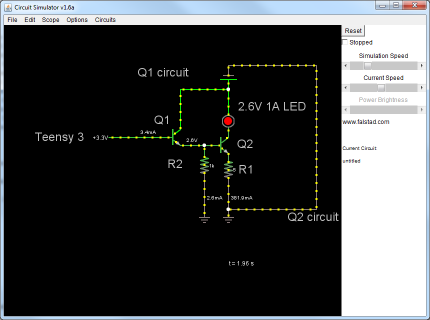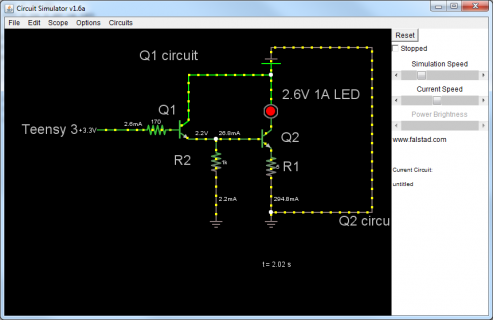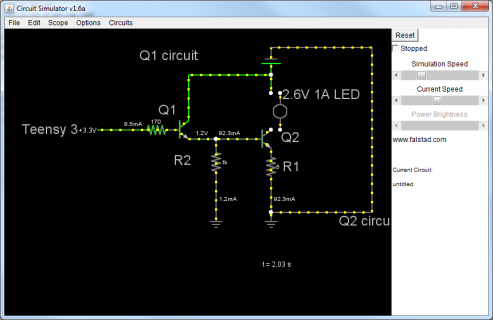OK
First thing is the TSOP you are using is effectively EOL and you should consider something like TSOP38456, TSOP58456 or TSOP31456 instead.
Second, it seems the 8 usecs you mention is half the period of the modulation frequency, which works out at 62.5 KHz. I believe 9 uSecs is closer for 56KHz ( works out at 55.5KHz & may improve accuracy). I suggest you study up on the make-up of IR signals before sending more time on it as you will hit a lot of dead ends before you get it right (if at all). A good place to look is sb-projects (google sb-ptoject IR) - it goes thru all the basics.
When designing your protocol you need to look at and optimise for the following:
- modulation frequency
- duty cycle
- timings for headers, Marks & spaces.
- encoding for bits (pulse width or mancester encoding)
Then you need to take your conclusions and match them up with the right IR receiver ( looking at AGC, Half intensity angle). The TSAL6100 you have already is probably the best for range and narrow angle (+/- 10 Deg = 20 deg )
I suspect you will definately hit problems in sunlight without appropriate mitigation for Sun outdoors and also reflection/bounce indoors.
Another, way to increase numbers could be to use different modulation frequencies & different bit encoding schemes for different teams - would avoid friendly fire also

during the game.
Best of luck with your efforts & let us know if you hit specific issues with IR & we will try to help out.
(I will have to read up on IR use in laser tag, as I am curious now)
Chris
--------------------------------------------------------------
For anyone interested in IR you can find out about our project on
http://igg.me/at/AnalysIR/x/3752156

